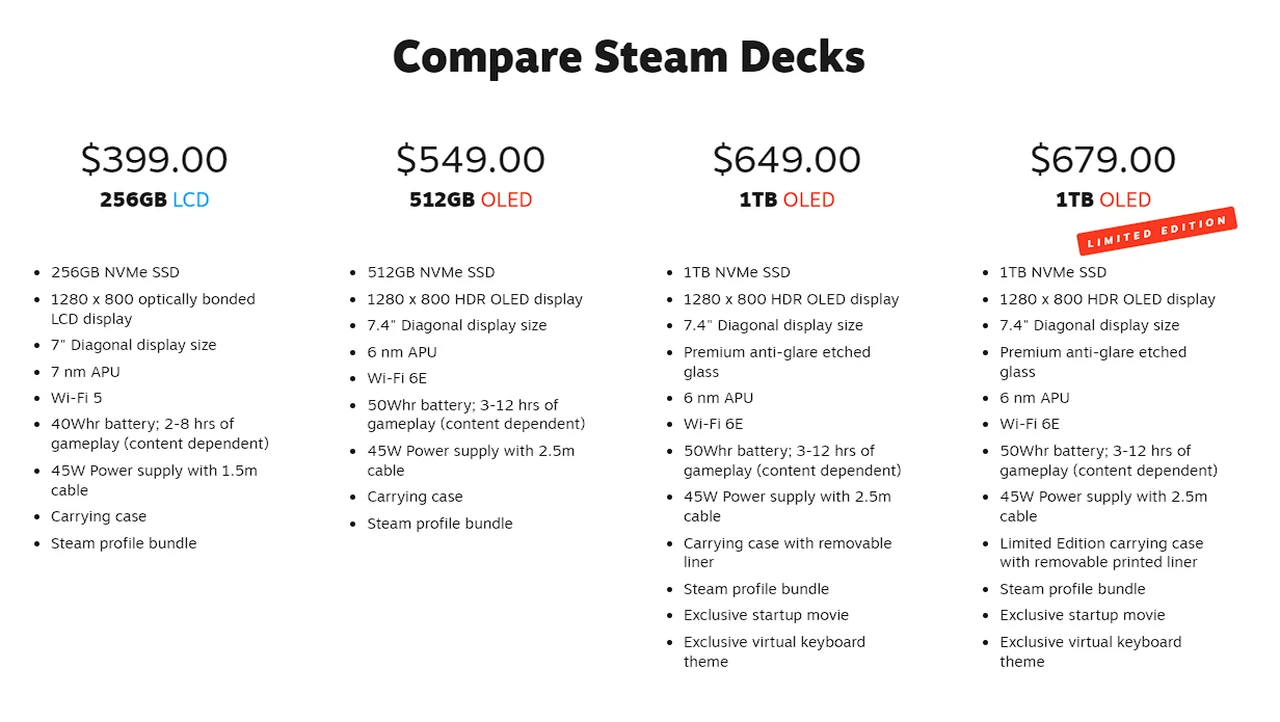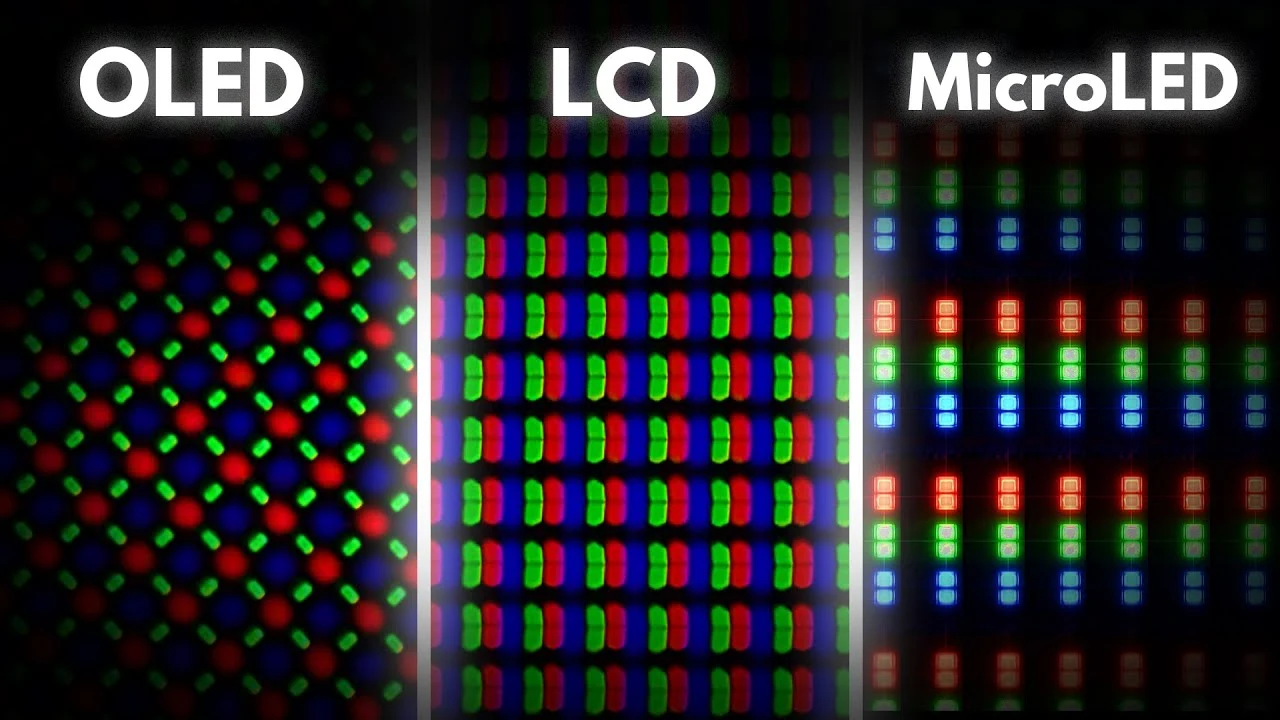
If you are purchasing a new TV or monitor, you’re immediately greeted by a wealth of specifications and models, each one boasting brighter colors and sharper images than the last. It’s a battle of display technologies: LED vs OLED vs MicroLED all vying for your attention. But what sets them apart, and how do they affect your viewing experience? This is a question that many consumers and tech enthusiasts are asking as they seek to understand the nuances of modern display tech.
For years, LCD (Liquid Crystal Display) screens have been the cornerstone of high-quality displays. They work by directing light from a backlight through liquid crystals to create the images you see. Early versions of LCDs struggled with light efficiency and displaying true black colors. However, advancements such as mini LED backlights and Quantum dots have significantly improved their color accuracy and ability to produce deeper blacks. Despite the emergence of new technologies, LCDs remain prevalent in the market, especially for TVs and monitors, due to their cost-effectiveness and ease of production.
LED vs OLED vs MicroLED
Learn the differences between the three different display technologies thanks to a great overview and comparison by the team at TechAltar.
Here are some other articles you may find of interest on the subject of monitors :
Then there’s OLED (Organic Light Emitting Diodes), a technology that marks a substantial advancement over LCDs. OLED screens use organic compounds that light up when electricity is applied, allowing for thinner, more flexible displays. Each pixel in an OLED display is self-illuminating, which means it can achieve perfect black levels and has incredibly fast response times. OLED technology has branched into AMOLED for handheld devices and WOLED for larger screens.
However, OLEDs are not without their issues; they can suffer from screen burn-in and have limitations on peak brightness. The industry is addressing these challenges with innovations like MLA (Microlens Array) to boost brightness and QD OLEDs for enhanced color quality. Efforts are also underway to develop solutions for burn-in, such as tandem OLED structures and advanced materials for blue subpixels.
The newest contender in the display arena is MicroLED. This technology uses minuscule LEDs to create the subpixels in a display, eliminating the need for organic materials. MicroLED combines the best aspects of OLED’s per-pixel lighting with the burn-in resistance of LCDs, and it aims to achieve outstanding brightness levels. However, MicroLED is currently wrestling with high production costs, complex manufacturing processes, and pixel alignment issues. Despite these hurdles, the coming years may bring innovative production techniques that could position MicroLED as a major player in the display industry.
A summary of the differences between LED vs OLED vs MicroLED
- Technology Basics:
- LED (Light-Emitting Diode): These displays use an array of LEDs as a backlight to illuminate a liquid crystal display (LCD) panel. They don’t emit light themselves; instead, they modulate light from the backlight.
- OLED (Organic Light-Emitting Diode): Each pixel in OLED displays is made of organic compounds that emit light when an electric current is applied. These displays do not require a backlight, allowing them to be thinner and more flexible.
- MicroLED: Similar to OLED, MicroLEDs are tiny LEDs, but they are non-organic, reducing the risk of burn-in. Each pixel emits its own light, offering excellent contrast and deep blacks.
- Image Quality:
- LED: Offers good color accuracy and brightness but may suffer from uneven backlighting (called backlight bleed). The contrast ratio is typically lower compared to OLED or MicroLED.
- OLED: Known for its superior contrast and true blacks, since individual pixels can be completely turned off. It also offers excellent viewing angles and vibrant colors.
- MicroLED: Offers a similar level of contrast and black levels to OLED, with potentially higher peak brightness, making it suitable for well-lit environments.
- Lifespan and Reliability:
- LED: Generally has a longer lifespan as it does not suffer from burn-in issues. The backlight’s life determines the overall longevity of the display.
- OLED: The organic compounds in OLED can degrade over time, leading to shorter lifespans compared to LEDs. They are also susceptible to burn-in with static images.
- MicroLED: Expected to have a longer lifespan than OLED because it does not rely on organic material. The inorganic nature of MicroLEDs makes them less prone to burn-in.
- Energy Efficiency:
- LED: More energy-efficient than traditional LCDs due to LED backlighting but less efficient than OLED or MicroLED.
- OLED: Highly energy efficient as pixels emit light individually and can be turned off completely for true black, saving energy.
- MicroLED: Similar to OLED in terms of efficiency, with potential for even greater efficiency due to the inorganic material.
- Cost and Market Availability:
- LED: Widely available and generally the most affordable option among the three. Used extensively in consumer electronics.
- OLED: More expensive to produce than LED displays, making them pricier for consumers. Commonly found in high-end smartphones and TVs.
- MicroLED: Currently the most expensive and least available. Production challenges and high costs limit their presence mainly to high-end, large-scale displays.
- Flexibility and Form Factor:
- LED: Limited flexibility due to the rigid backlight layer. Generally, these are found in traditional, flat-screen formats.
- OLED: The organic materials are more flexible, allowing for curved and even foldable displays.
- MicroLED: Potentially flexible, but the current focus is on rigid, flat panels. The technology could allow for modular screens of varying sizes.
- Applications:
- LED: Ideal for general-purpose use, including TVs, monitors, and digital signage where cost is a significant factor.
- OLED: Preferred in high-end consumer electronics where image quality and contrast are priorities, such as smartphones and premium TVs.
- MicroLED: Suited for luxury home theaters, commercial displays, and applications where cost is less of a concern and top-tier performance is desired.
When comparing these technologies, it’s clear that the journey toward display perfection is a collective endeavor. The goal is to create screens that are more luminous, more vibrant, and more durable, with precise control over the light output of each pixel. The industry is pushing the boundaries to refine production methods, reduce costs, and perhaps introduce new technologies that could surpass the current frontrunners. Whether you’re an avid gamer, a movie enthusiast, or someone who simply enjoys a crisp, clear picture, the ongoing advancements in display technology are poised to elevate your visual experience right in your living room.
As the evolution of LED, OLED, and MicroLED technologies progresses, they promise a future filled with exceptional visual quality that will redefine how we engage with media. These developments are not just about improving what we already have; they’re about setting new benchmarks for what is possible in display technology. Keep a close watch on these innovations—they’re bound to set new standards for what we expect from our screens.
Image Credit: TechAltar
Filed Under: Displays News, Top News
Latest timeswonderful Deals
Disclosure: Some of our articles include affiliate links. If you buy something through one of these links, timeswonderful may earn an affiliate commission. Learn about our Disclosure Policy.

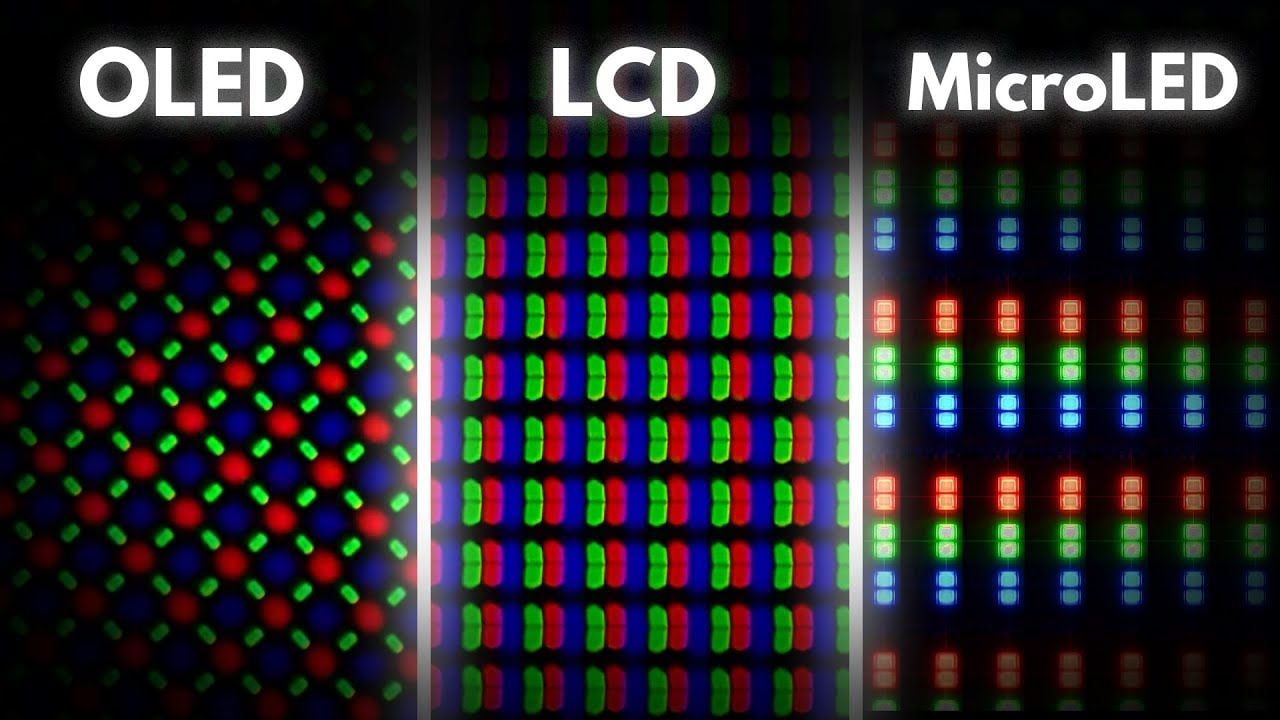

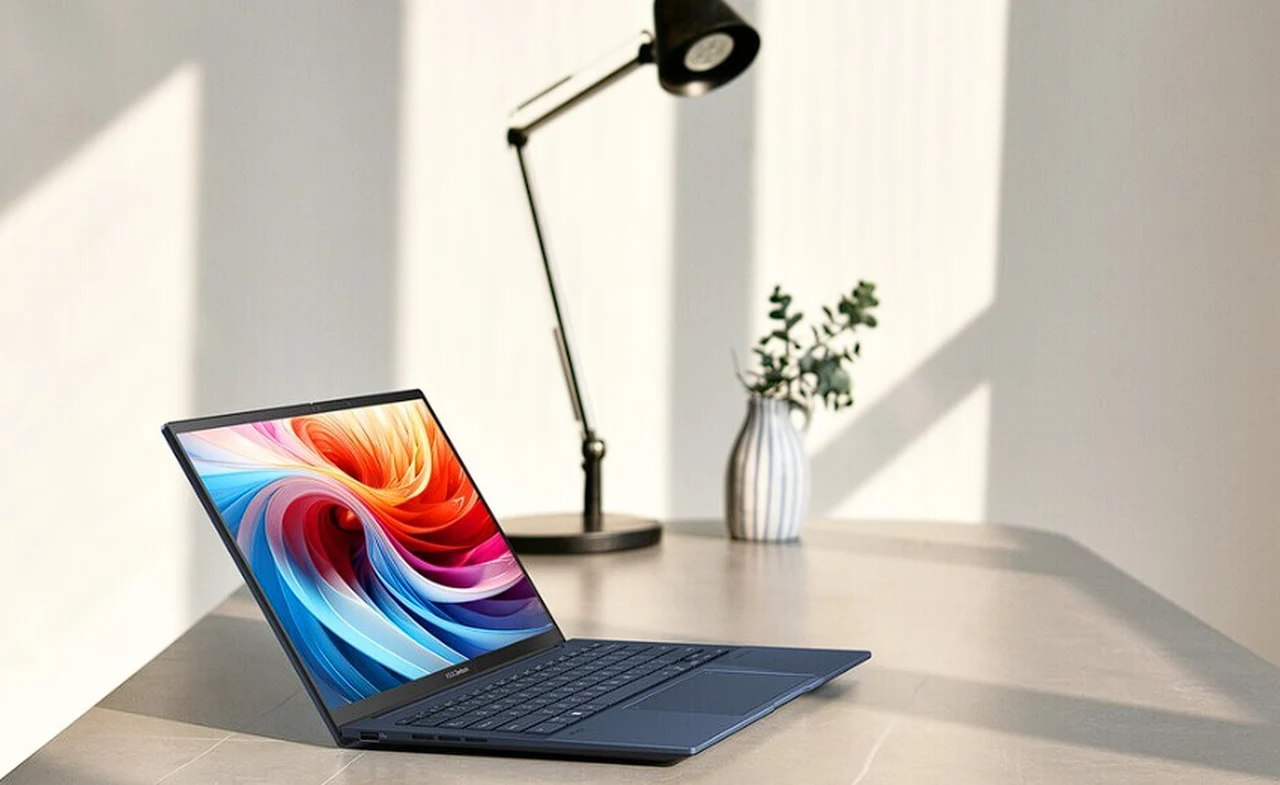



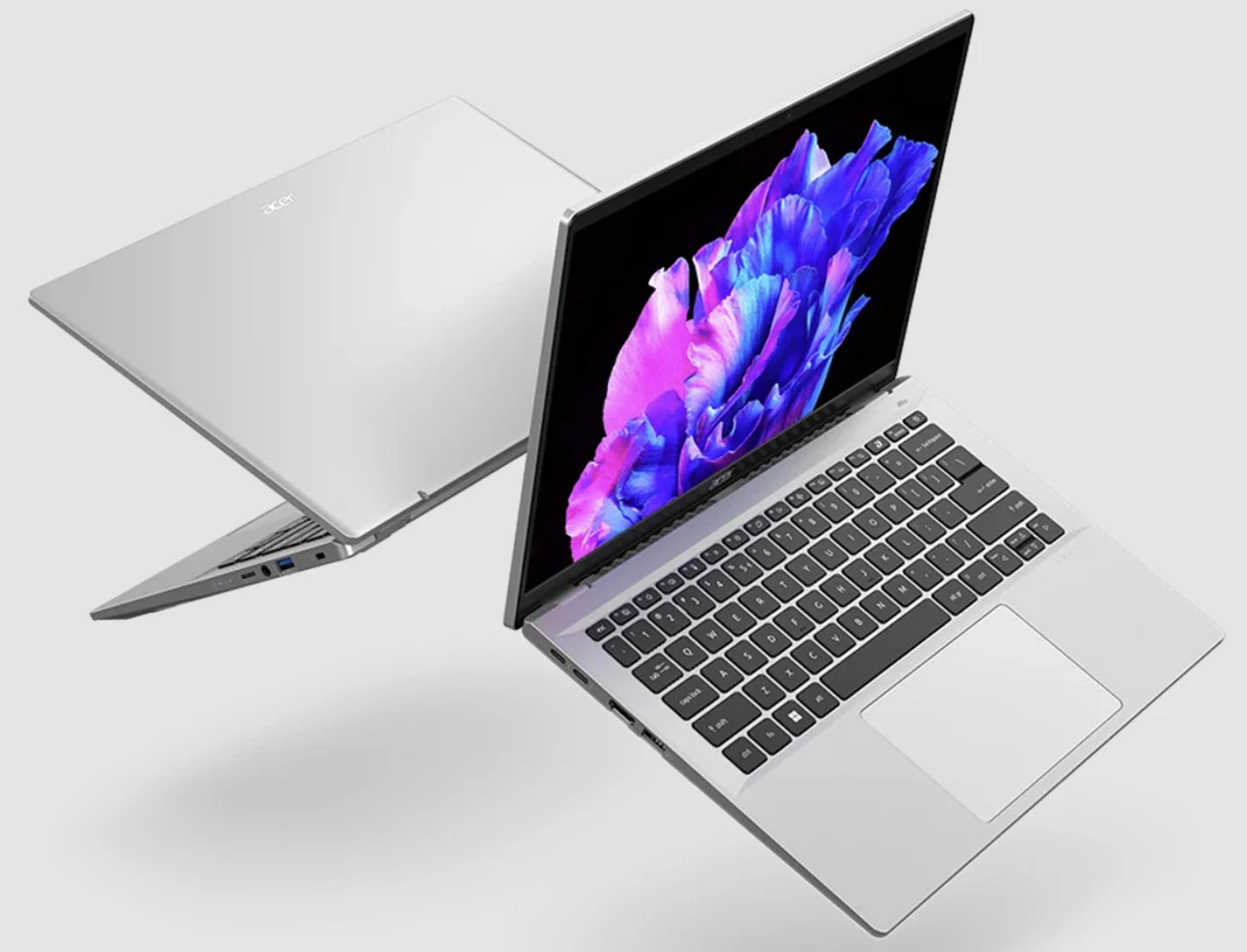
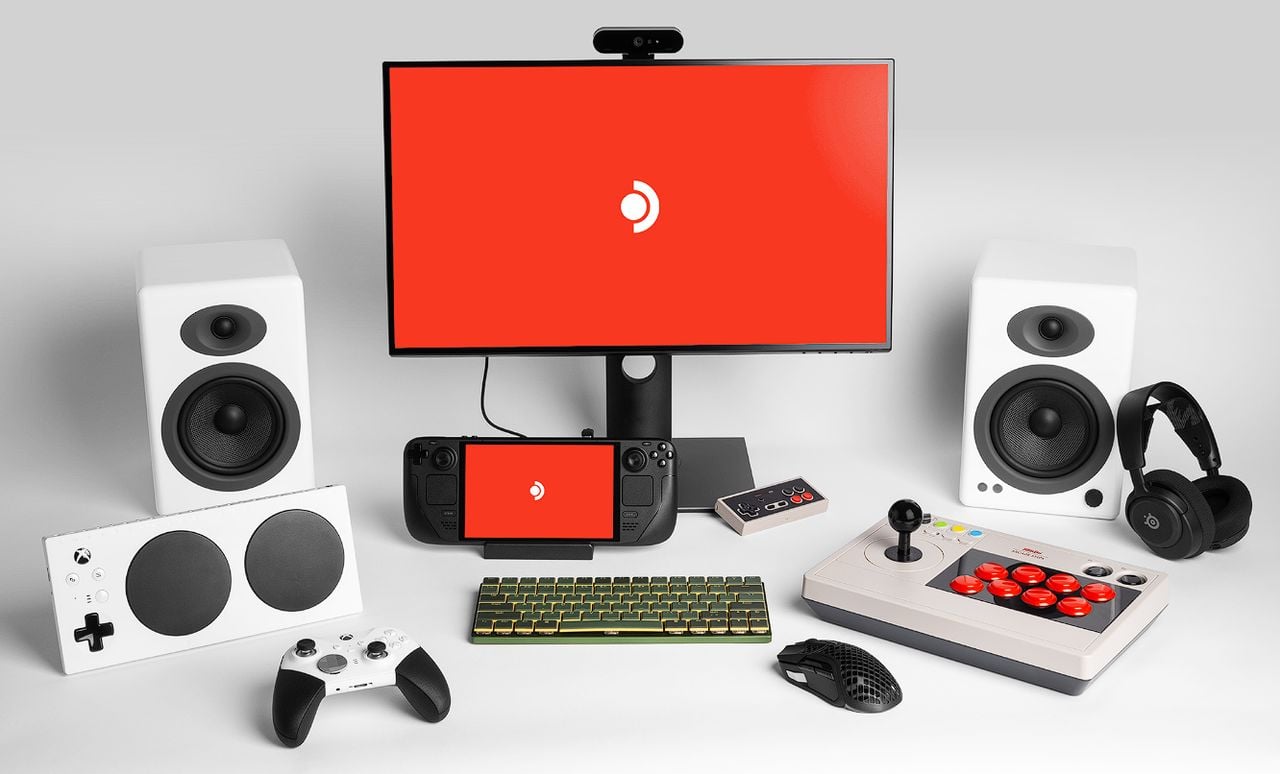
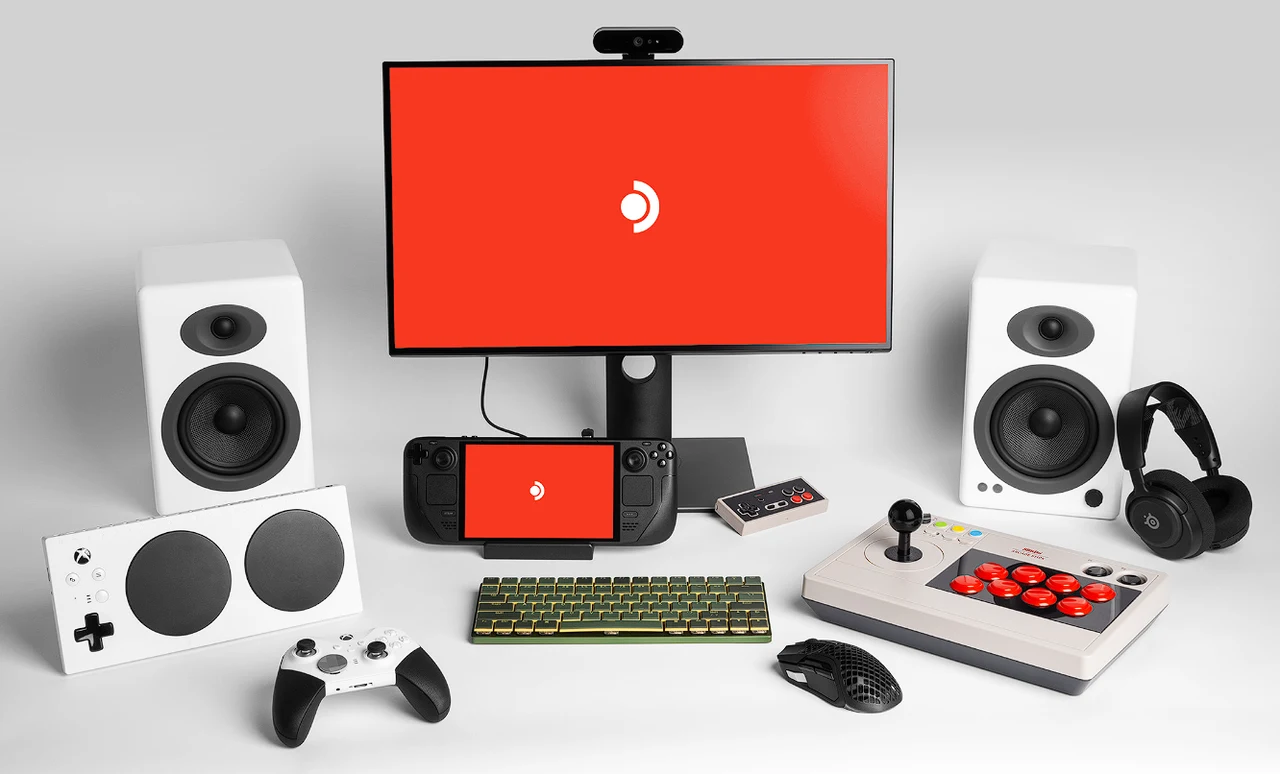
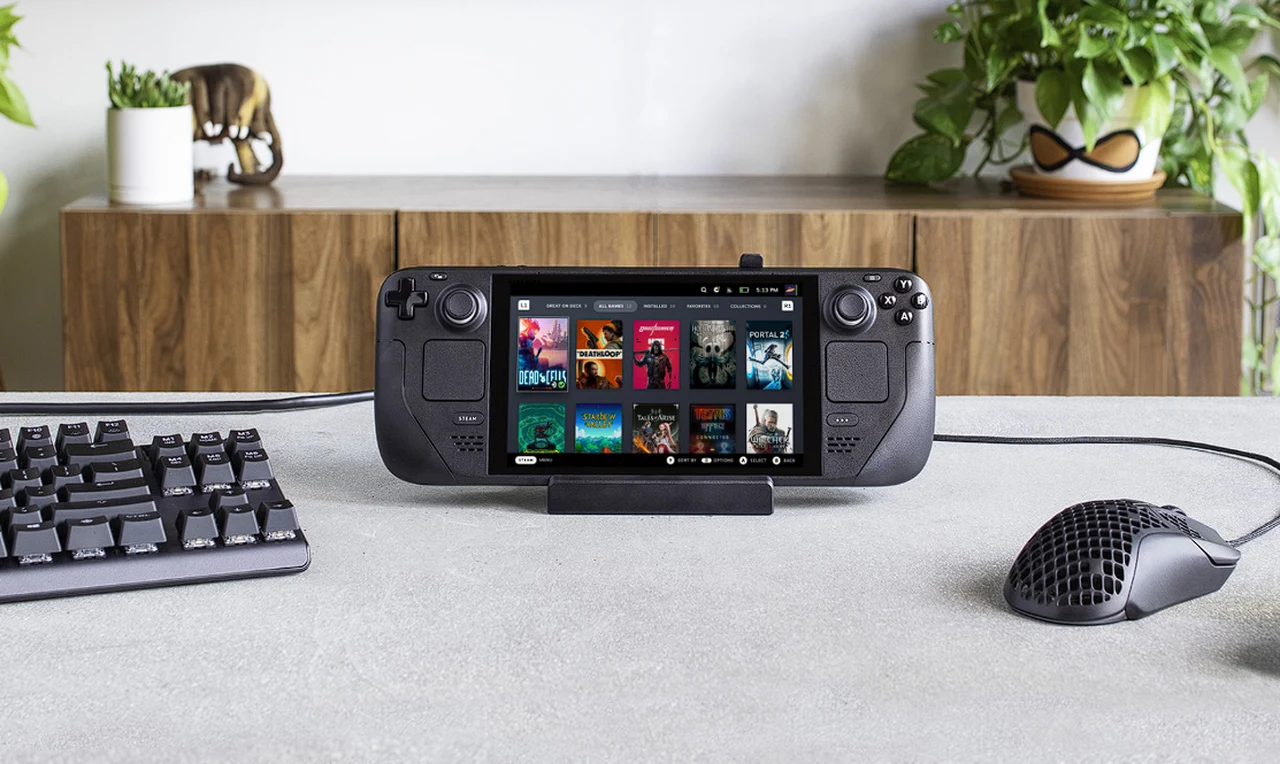
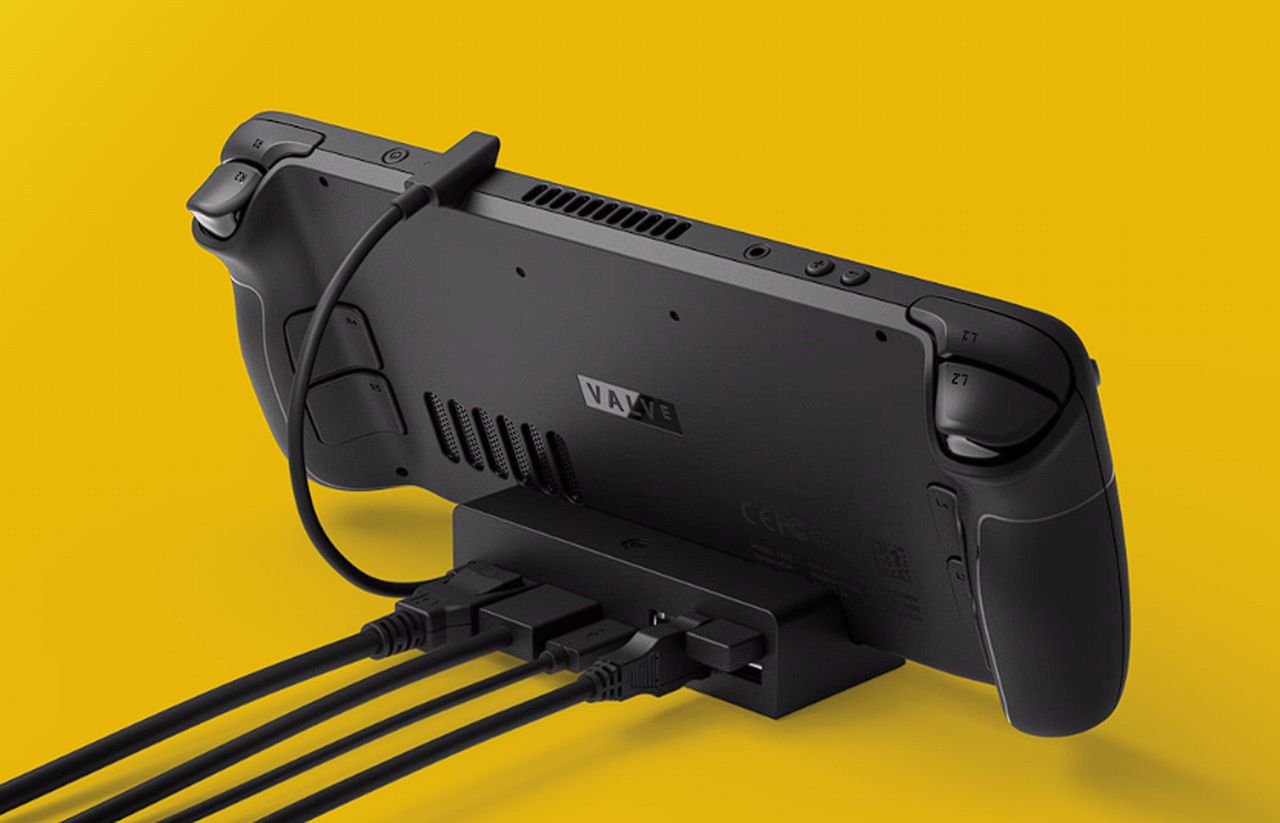


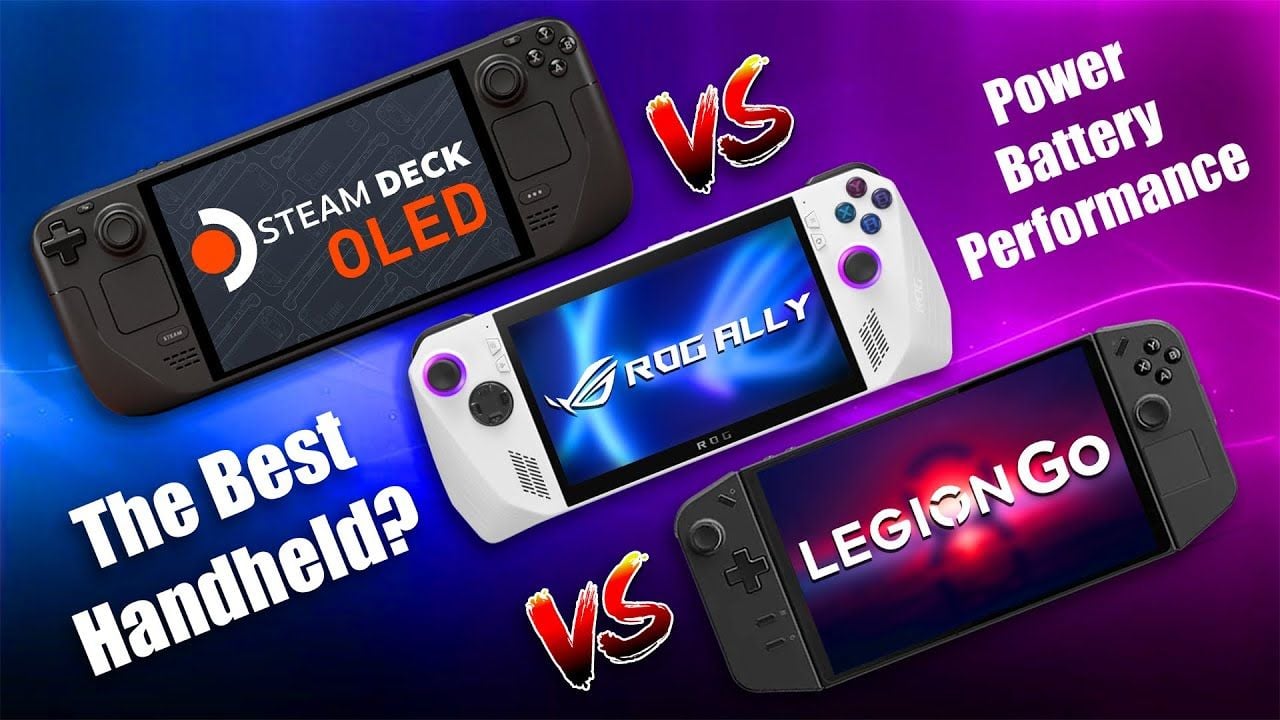
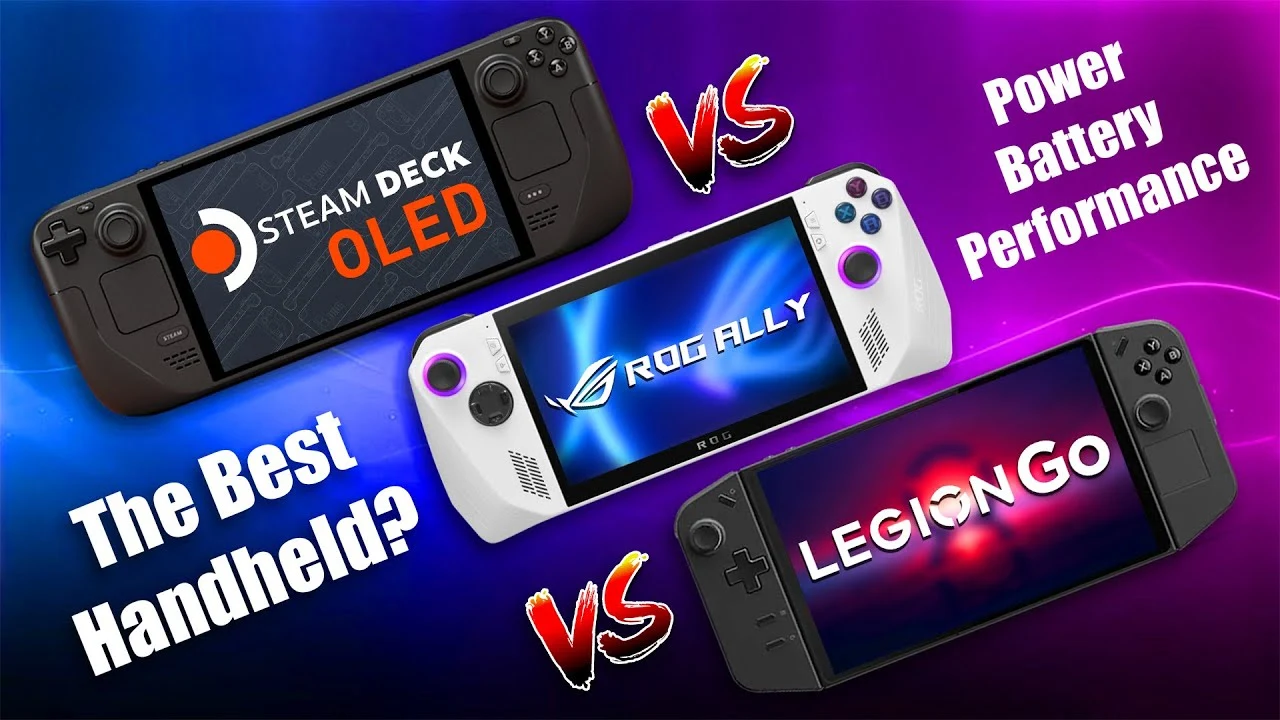
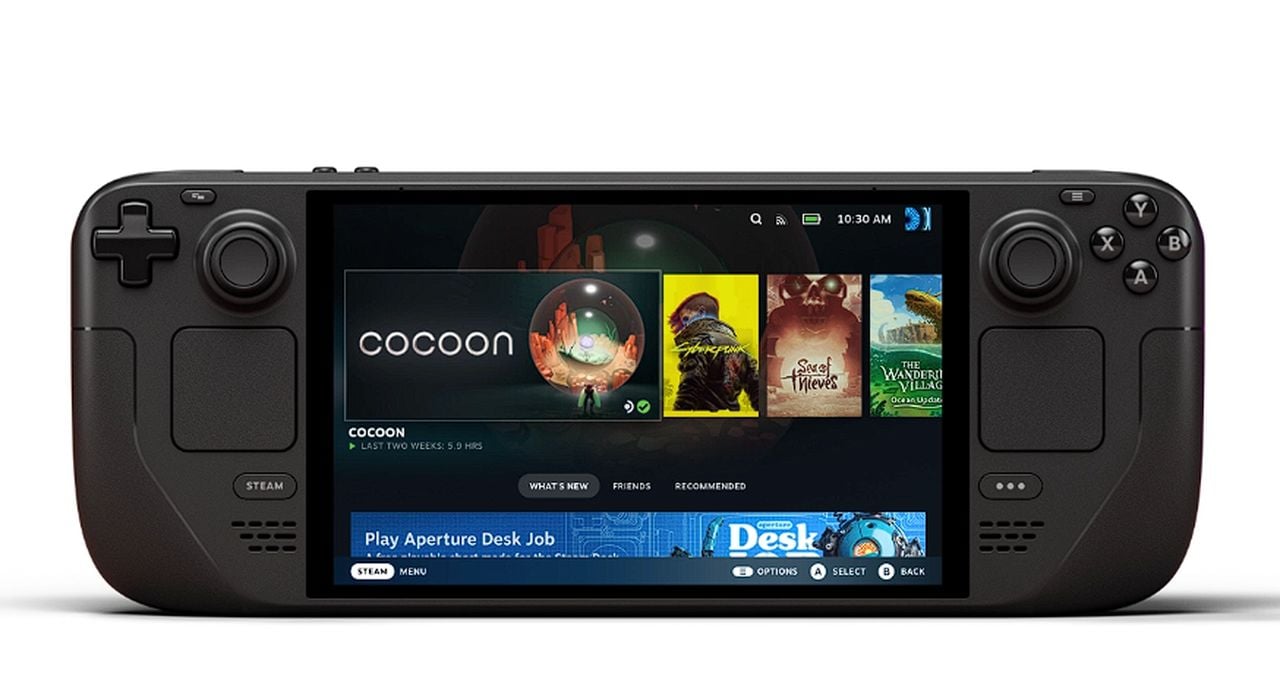
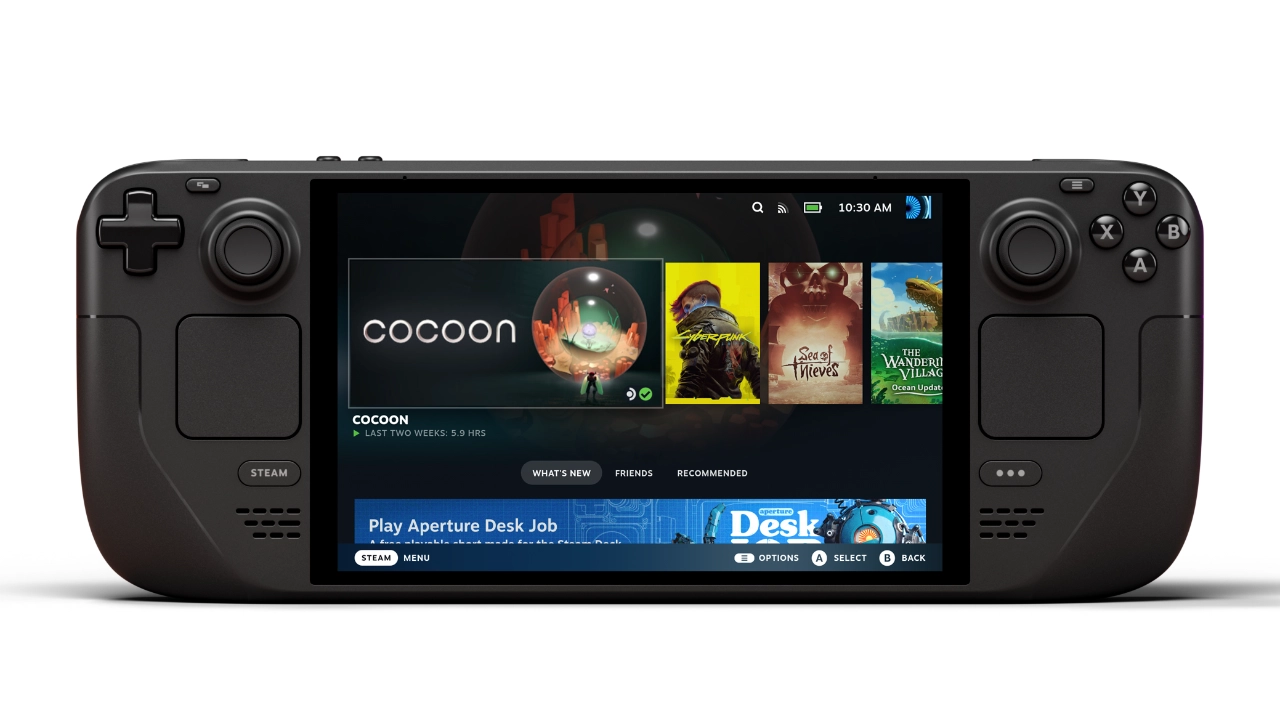 The highly anticipated launch of the new Steam Deck OLED has today arrived in the first next generation handheld game systems have been delivered. If you are interested in learning more about what you can expect from inside the box when you receive your new Steam Deck OLED. Or adjust interested in knowing a little more about the console before parting with your hard earned cash. This quick overview guide will provide plenty of information for you to make an informed decision. Whether you’re a casual gamer or a hardcore enthusiast, the Steam Deck OLED is designed to elevate your gaming experience to new heights.
The highly anticipated launch of the new Steam Deck OLED has today arrived in the first next generation handheld game systems have been delivered. If you are interested in learning more about what you can expect from inside the box when you receive your new Steam Deck OLED. Or adjust interested in knowing a little more about the console before parting with your hard earned cash. This quick overview guide will provide plenty of information for you to make an informed decision. Whether you’re a casual gamer or a hardcore enthusiast, the Steam Deck OLED is designed to elevate your gaming experience to new heights.

